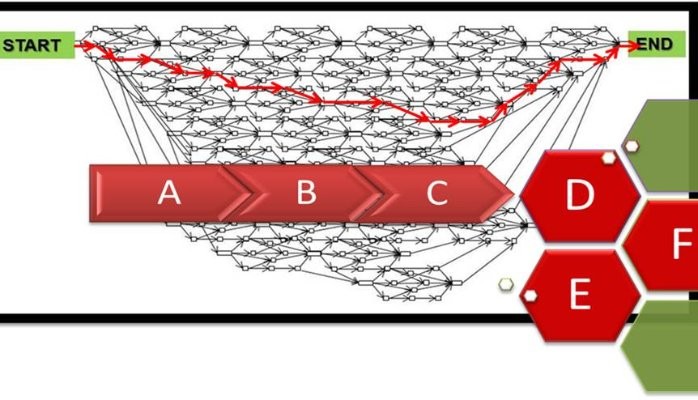Boxing is a risky event for all involved, most especially the boxers. Yes, the protagonists themselves. Monitoring risk can be like watching boxing. Two competitors, both with the intention to strike whenever there is opportunity. They execute the plan, psyche each other, try to prevent and mitigate the threats of getting KO’ed, strive to make the right response, and to make the right decision through keen observation, at a flinch of a muscle (risk indicator).
As a risk-based management practitioner, the bloody sport of boxing is so exciting and fascinating. In my view, it relates so well, … so very close with the concept and philosophies of risk management. “No pain, no gain,” as the old saying goes!
Boxers, their coaches, and cornermen have to come up with a response plan to prevent or mitigate the punches. They put together a strategy prior to the bout similar to a project preparing the risk management plan. They know that boxing judges have a decision to make and it has to be the right one, that is of course, one in their favour! They have only one end goal in mind, to be the winner!
In risk management, as in boxing, playing and losing can still be an Opportunity! Amazing Statistics!
Continue Reading →








